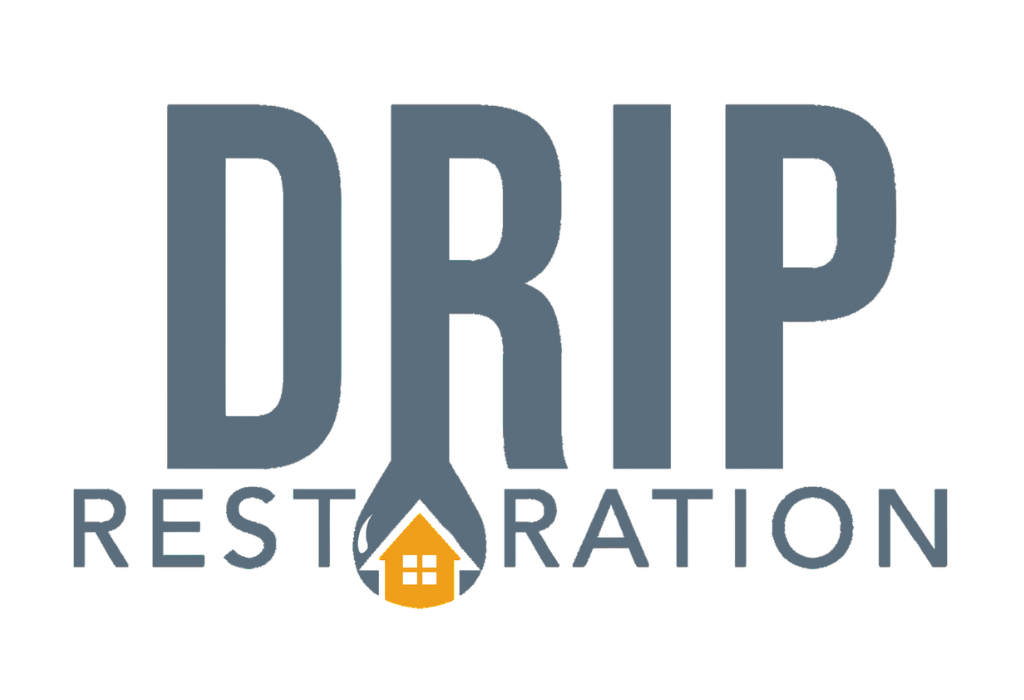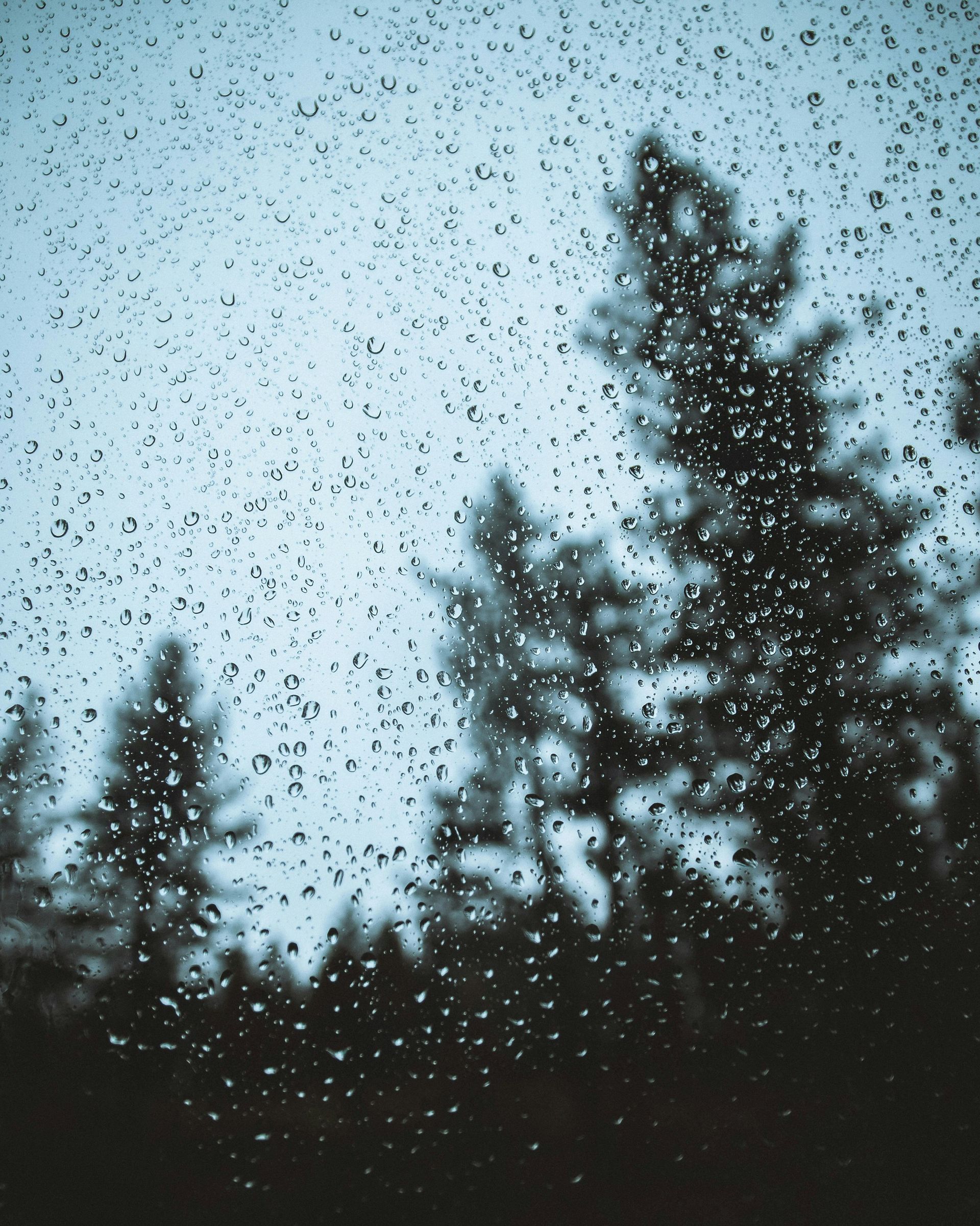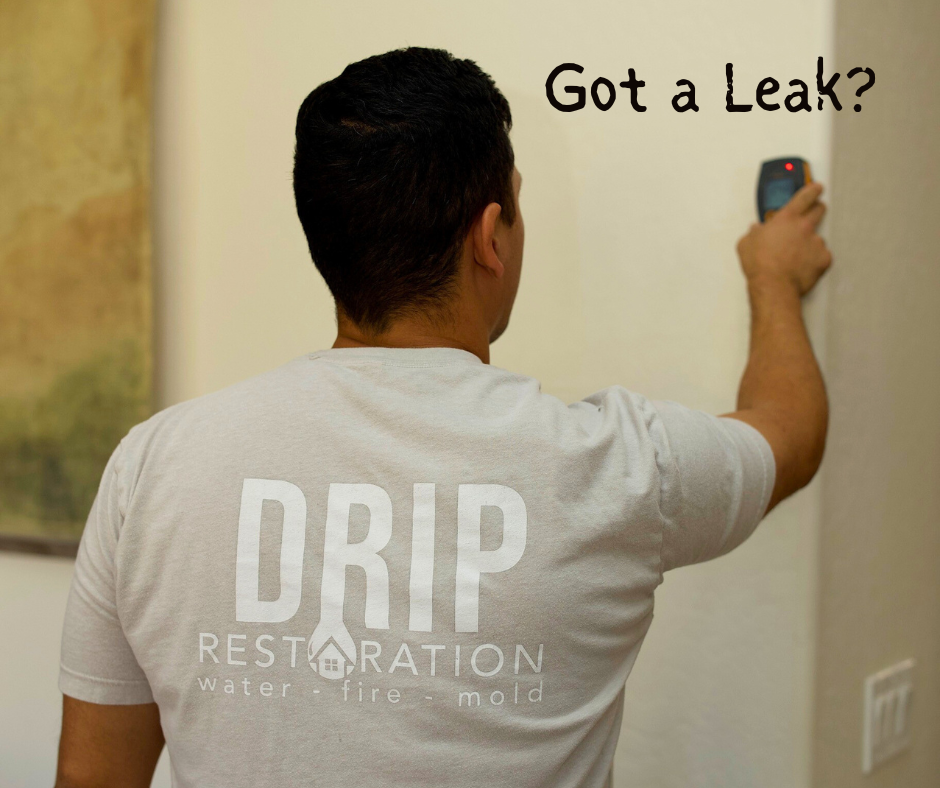When should I start to worry about water damage?
June 30, 2025
When to Worry About Water Damage — And What to Do First
From the Experts at Drip Restoration
Has a small leak
ever turned into a major disaster in your home? It happens fast—and too often. Water damage is one of the most common and costly issues homeowners face in Arizona. The good news? Acting quickly can make all the difference.
At Drip Restoration, we specialize in identifying, stopping, and restoring water damage before it leads to mold, structural decay, or thousands in repairs. If you’re unsure when to worry or what to do first—start here.
💧 Key Takeaways
- Address water damage within 24 hours to prevent mold and further destruction.
- Identify and stop the source of the leak immediately—main water shut-off if needed.
- Disconnect electricity in affected areas for safety.
- Call Drip Restoration for 24/7 emergency response and expert evaluation.
- Early action can save thousands in repairs and prevent long-term health hazards.
🚨 Signs of Water Damage You Shouldn’t Ignore
Recognizing the signs of water damage early is the best defense. Here’s what to look for:
📚 Soaked belongings: Books, papers, or upholstery absorbing moisture
🧱 Peeling paint or bubbling walls: Especially on drywall or under windows
🦠 Musty smell or mold spots: Mold can grow within 24–48 hours
⚡ Damaged electronics or outlets: Wet wires are a major fire hazard
🌊 Warped floors or sagging ceilings: Signs of trapped water and possible collapse
If you see any of these symptoms, don’t wait. The longer moisture sits, the more destructive—and expensive—it becomes.
🛠️ What To Do When You Discover Water Damage
1. Ensure Safety First
Evacuate affected areas—especially if water is near electrical systems. Turn off your power at the breaker if needed.
2. Shut Off the Water Source
If you can locate the source (burst pipe, leaking appliance), stop the flow. If not, shut off the main water valve.
We’re local, fast, and ready 24/7. Our certified team arrives with moisture meters, thermal imaging, and drying systems to start the cleanup process ASAP.
4. Contact Your Insurance
Notify your provider and begin the claims process. We can help document the damage for faster approval.
5. Avoid Contaminated Water
If you suspect sewage backup, don’t touch it. This kind of water is a biohazard and must be handled by professionals.
⏱️ How Fast Can Water Damage Get Worse?
Water damage progresses rapidly—and waiting too long can turn a fixable issue into a full-blown rebuild.
Time Since Leak What Happens
Minutes Water spreads across floors, saturates carpets and walls.
24 Hours Paint peels, wood swells, mildew begins forming.
48 Hours Mold takes hold, drywall weakens, odors increase.
1 Week Structural damage, widespread mold, biohazard concerns.
The first 24 hours
are critical. That’s why Drip Restoration offers emergency response, day or night.
🔍 Common Causes of Water Damage in Arizona Homes
Water damage isn’t always caused by dramatic floods. Often, the damage builds quietly over time:
🌧️ Roof Leaks — From storms or cracked shingles
🚿 Appliance Failures — Dishwashers, water heaters, washing machines
🚽 Plumbing Leaks — Behind walls or under sinks
💨 HVAC or AC Drips — Especially in attic units
💥 Sewage Backup — Clogged sewer lines or municipal failures
💦 High Water Pressure — Can strain and rupture pipes
Regular home maintenance and inspections help reduce risk. But when water damage strikes, response time is everything.
🧰 How to Assess Water Damage Severity
Not all water damage is visible. That’s why our team uses professional equipment to check what the eye can’t see:
✅ Hidden moisture in walls or subflooring
✅ Warped wood or soft drywall
✅ Discoloration, swelling, or odor
✅ Risk of microbial growth or rot
Whether it’s a minor leak or a major flood, Drip Restoration provides detailed inspections and a customized recovery plan.
🏡 When Should You Worry?
If you see damp
spots, peeling paint, musty smells, or sagging surfaces—those are red flags. Water damage won’t go away on its own, and delaying repairs risks serious structural and health consequences.
Homebuyers: Ask about flood history and request a full inspection before closing.
Homeowners: Keep your insurance policy current, and check your coverage limits for water and mold.
Conclusion: Don’t Wait — Act Fast
Water damage is sneaky, destructive, and fast-moving. But with early action and help from Drip Restoration, you can avoid long-term costs, mold infestations, and structural ruin.
We’re here for you 24/7, serving Mesa, Gilbert, Phoenix, and surrounding areas
with industry-certified water damage restoration.
📞 Call Drip Restoration Now for Immediate Water Damage Help
🛠️ Licensed. Certified. Trusted.
Let us help you stop the damage—before it gets worse.

At Drip Restoration, the quality of our service starts with the quality of our people. When homeowners call us during an emergency — whether it’s a flood, fire, storm, or mold issue — they’re looking for more than equipment and expertise. They want professionals they can trust in their home. That’s why we’ve built one of the strongest, most reliable, and most respected restoration teams in Arizona. Our commitment to recruiting, training, and supporting top-level talent is a core part of what makes Drip Restoration a 5-star rated company with 300+ reviews and a 90% referral rate. ⭐ We Recruit the Best in the Industry Great service starts with great people. We actively seek out: Skilled restoration professionals with proven field experience Individuals who demonstrate integrity, reliability, and strong work ethic Technicians who take pride in helping families recover after damage We don’t just hire anyone — we build a team capable of handling the toughest restoration challenges with confidence and care. 🧰 Experience Matters — And We Value It At Drip Restoration, we know that experience saves homes. That’s why we prioritize technicians who have: Extensive water, fire, mold, and storm restoration background Hands-on knowledge of advanced drying and mitigation techniques Understanding of building structures, safety standards, and best practices Our customers deserve experienced professionals who know how to assess damage accurately, work efficiently, and protect their home from further issues. 💼 Competitive Pay for High-Caliber Talent We believe quality work deserves quality compensation. To attract and retain the best technicians in Arizona, we offer: Competitive industry pay Opportunities for advancement A supportive work environment where team members feel valued When we invest in our employees, they invest in our customers — and that shows in every project we complete. 🔎 Thorough Background Checks for Peace of Mind Your home is your safe space — and we take that seriously. Every Drip Restoration team member passes a comprehensive background check, ensuring our clients can feel confident welcoming our technicians into their homes. Safety, trust, and professionalism are non-negotiable. 💪 A Team Built on Responsibility and Hard Work Our crew is known for being: Responsible — We show up on time, communicate clearly, and follow through. Hardworking — Restoration isn’t easy work, but we approach every project with dedication. Customer-focused — We treat your home like it’s our own. This is why homeowners across Phoenix and Rim Country consistently recommend Drip Restoration to friends, family, and neighbors. 🏆 The Drip Restoration Difference Our team is the heart of our success — and the reason we consistently provide: Fast response times Accurate assessments Honest communication High-quality restoration work When you call us, you’re not just getting a service — you’re getting a trusted team of professionals who truly care. 📞 Need Trusted Experts? Call Drip Restoration Whether you’re dealing with water damage, fire damage, mold, or storm issues, you can count on our team of professionals to restore your home quickly and carefully. 📞 480-280-9333 🌐 www.DripRestoration.com 💧 Drip Restoration — Professional Team. Exceptional Results.
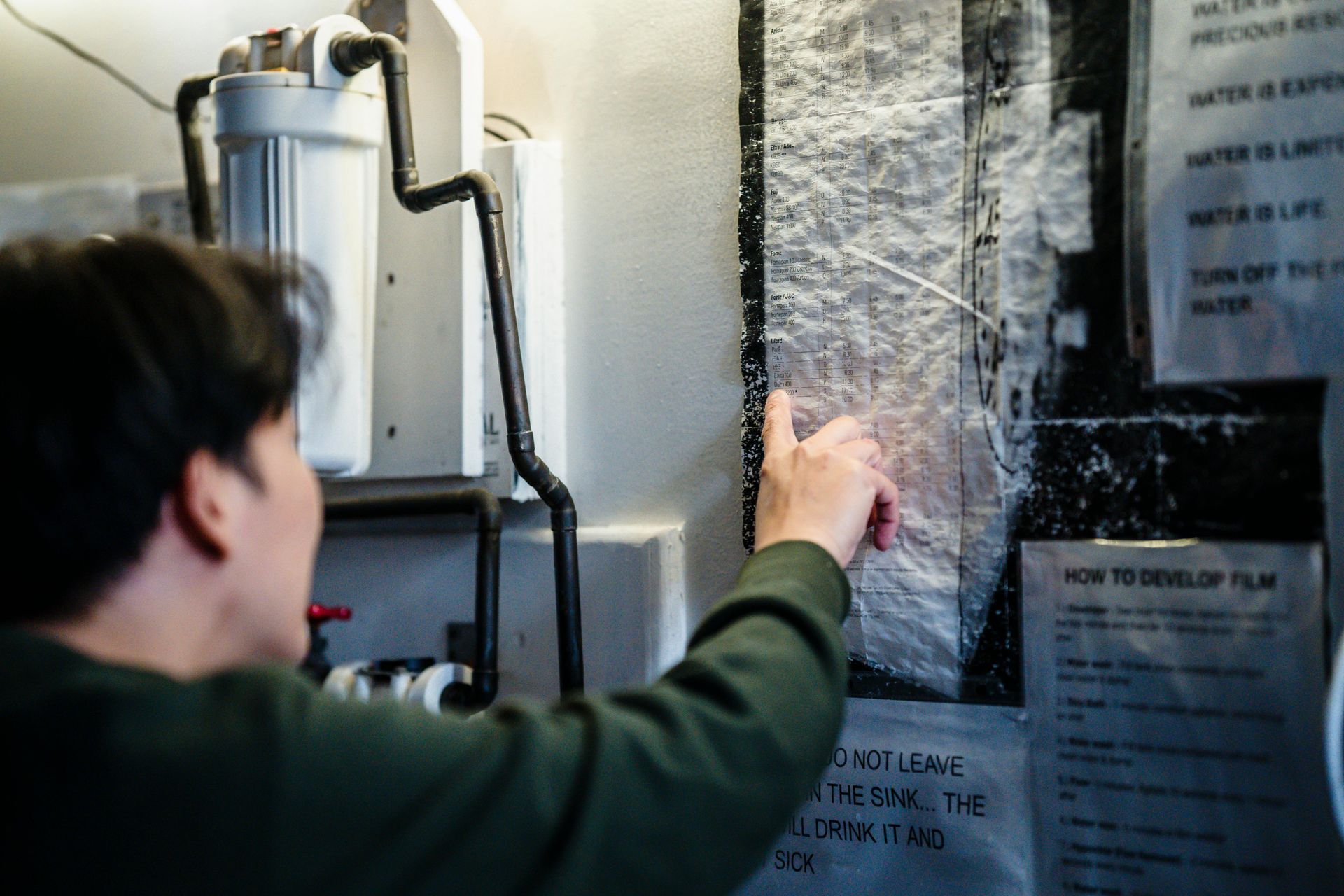
It’s easy to overlook a small puddle near your water heater — but that little leak could be the first sign of a serious problem. Over time, even slow drips can cause major water damage , mold growth, and expensive structural repairs. At Drip Restoration , we regularly help Arizona homeowners handle water heater leaks before they turn into full-blown floods. Whether you’re in Phoenix, Mesa, Chandler, Gilbert, Glendale, or Payson , here’s what you should know when your water heater starts leaking. 📞 Call 480-280-9333 for 24/7 Emergency Service 🌐 www.DripRestoration.com 💧 Why Water Heater Leaks Are So Common in Arizona Arizona’s hot climate and hard water create the perfect conditions for water heater wear and tear. Minerals like calcium and magnesium build up inside the tank, creating pressure, corrosion, and tiny leaks over time. Common causes include: Corrosion inside the tank due to hard water buildup Loose fittings or valves around the inlet and outlet lines Failed pressure relief valves releasing water under stress Cracked drain pans or supply lines Age and rust in tanks over 8–10 years old These issues can quickly turn into gallons of water pooling across your floor, damaging nearby drywall, baseboards, and flooring. ⚠️ The Hidden Dangers of a Water Heater Leak A leaking water heater is more than a nuisance — it’s a hidden flood hazard . If left untreated, leaks can: Lead to mold growth within 24–48 hours Soak drywall, insulation, and flooring Cause electrical hazards in nearby outlets or systems Weaken your home’s structure and subfloor Even slow leaks can release dozens of gallons per day, spreading moisture where you can’t see it. 🧰 What To Do If Your Water Heater Is Leaking Turn off the power For electric units, shut off power at the breaker. For gas units, turn the gas control knob to “off.” Shut off the water supply Close the cold-water valve feeding the heater to stop incoming flow. Call Drip Restoration immediately Our emergency technicians respond 24/7 to extract standing water, dry the area, and prevent further damage. Do not ignore small leaks What looks like a minor drip could indicate a pressure problem or failing tank. Fast action now prevents costly restoration later. 🏠 How Drip Restoration Helps When you call Drip Restoration, we: Extract any standing water and dry affected areas thoroughly Inspect for hidden moisture behind walls and under flooring Apply antimicrobial treatments to prevent mold growth Document the damage for your insurance provider Coordinate repairs so your home looks and feels brand new again We work quickly and carefully — keeping you informed every step of the way. 🏆 Why Homeowners Choose Drip Restoration ✅ Licensed & IICRC Certified in water damage restoration ✅ 300+ Five-Star Reviews from Arizona homeowners ✅ 90% Referral Rate — built on trust and results ✅ Local Experts serving the Phoenix Valley and Rim Country ✅ 24/7 Emergency Response We’re not just here to clean up water — we’re here to restore your peace of mind. 📞 Contact Drip Restoration Today If your water heater is leaking — even slightly — don’t wait. What starts as a drip today could become a disaster tomorrow. 📞 Call 480-280-9333 🌐 www.DripRestoration.com 💧 Drip Restoration — Fast. Honest. Reliable.
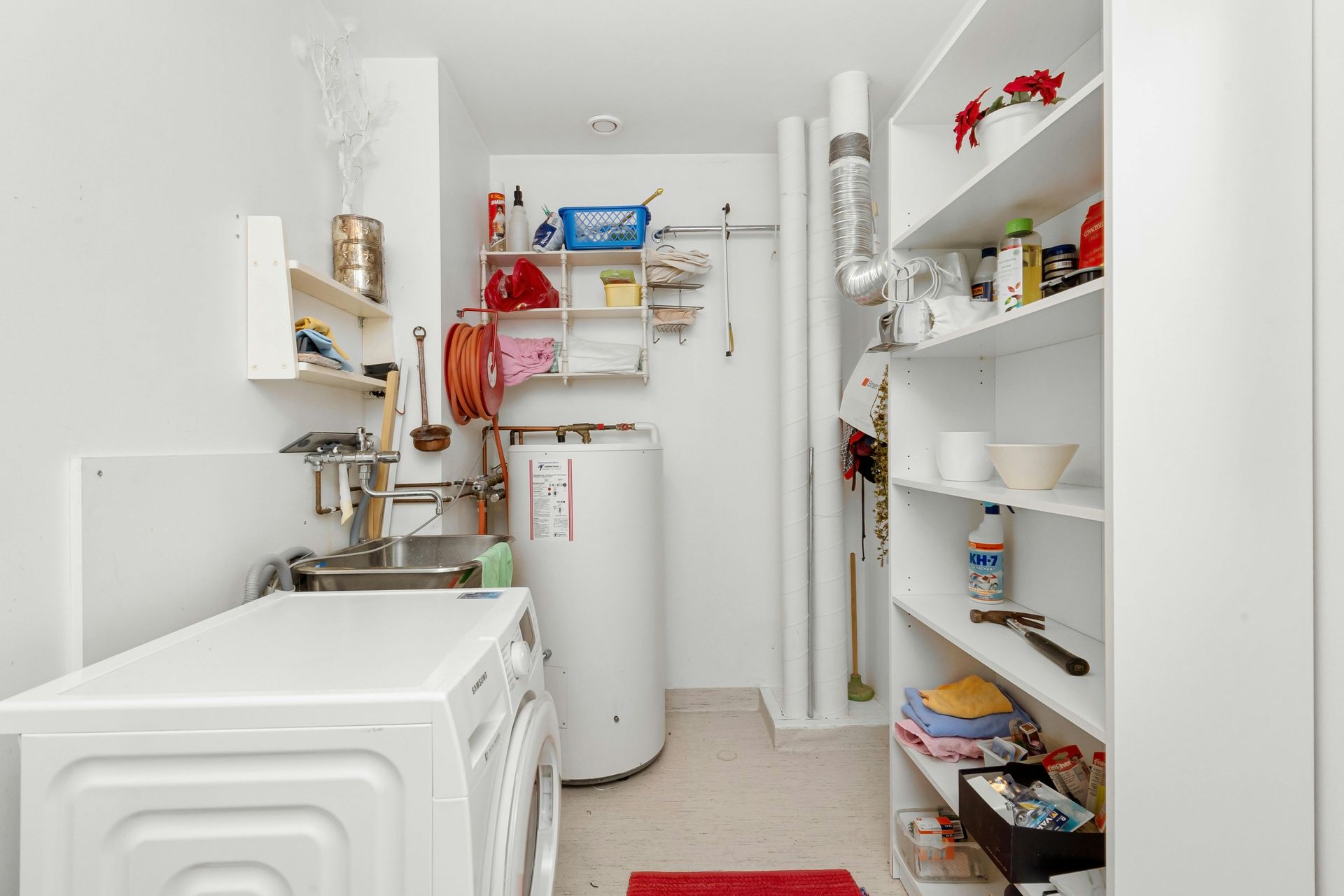
Most of us don’t think about our water heater until something goes wrong — but when it does, the damage can be major. A leaking or burst water heater can release tens of gallons of water into your home in just minutes, soaking floors, walls, and even nearby rooms. At Drip Restoration , we respond to water heater leaks and floods across Phoenix, Mesa, Chandler, Gilbert, Glendale, and Payson every week. Here’s what homeowners should know about water heaters — and how to prevent a small leak from becoming a costly restoration project. 📞 24/7 Emergency Response: 480-280-9333 🌐 www.DripRestoration.com 🚿 Common Causes of Water Heater Leaks Aging Tank Most water heaters last between 8–12 years. Over time, corrosion inside the tank causes tiny cracks and pinhole leaks that worsen under pressure. Faulty Pressure Relief Valve If this safety valve fails, excess pressure builds inside the tank — potentially causing leaks or even tank bursts. Loose or Rusted Connections Over time, fittings around the cold water inlet or hot water outlet can loosen or corrode. Sediment Buildup Hard water in Arizona leads to mineral deposits at the bottom of your tank, which trap heat and stress the metal — leading to early failure. Improper Installation If not installed correctly, connections or venting issues can cause leaks and flooding down the line. 💦 What to Do If Your Water Heater Starts Leaking Turn Off Power and Water Supply For electric units, shut off the breaker. For gas units, turn the gas control valve to “off.” Next, close the cold-water valve feeding the tank. Contain the Leak Use towels or buckets to stop the spread of water and protect nearby items or flooring. Call a Professional Immediately Even a “small” leak can release gallons of water per hour. Quick action limits secondary damage like mold, warped flooring, and structural issues. Drip Restoration’s technicians are trained to extract standing water, dry the structure, and treat affected areas to prevent long-term damage and odor. ⚠️ Hidden Damage from Water Heater Leaks A leaking water heater can cause damage that’s not always visible right away. Moisture can: Seep under baseboards or cabinets Soak into drywall and insulation Lead to mold growth within 24–48 hours Damage subflooring and cause warping Even if you’ve shut off the water, residual moisture needs professional drying to prevent costly repairs later. 🧰 Preventing Water Heater Leaks Inspect Annually: Check for rust, corrosion, or damp spots around the base. Flush the Tank Every 6–12 Months: This helps remove sediment buildup (especially important with Arizona’s hard water). Replace the Anode Rod: This inexpensive component protects the tank from corrosion. Install a Drip Pan or Leak Sensor: Especially useful if your water heater is inside your home or garage. 💧 Why Homeowners Trust Drip Restoration ✅ 24/7 Emergency Response ✅ Certified Water Damage Experts (IICRC) ✅ 300+ Five-Star Reviews ✅ Local & Family-Owned in Arizona ✅ Honest, Transparent, and Reliable Service From water heater failures to burst pipes, we’re the trusted name for fast, professional water damage restoration across Arizona. 📞 Contact Drip Restoration If your water heater has leaked or flooded part of your home, don’t wait — fast action makes all the difference. 📞 Call 480-280-9333 🌐 www.DripRestoration.com 💧 Drip Restoration — Fast. Honest. Reliable.

🦃 Giving Thanks This Season | From the Drip Restoration Family As Thanksgiving approaches, we at Drip Restoration want to take a moment to express our gratitude — to our customers, our community, and our dedicated team. This season, we’re reminded that gratitude grows in times of service. Every call we answer and every home we restore is more than just a project — it’s a chance to help a neighbor during a difficult moment. Whether it’s a burst pipe, roof leak, or storm damage, we’re thankful for the trust you place in us to bring your home back to life. 💧 Thankful for Our Arizona Community From Phoenix and Mesa to Payson and the Rim Country, we’ve seen how Arizona homeowners come together when disaster strikes. We’re proud to be a part of this strong, resilient community — one that supports each other through floods, fires, and the unexpected. Your referrals, reviews, and word-of-mouth recommendations mean the world to us. In fact, more than 90% of our business comes from repeat customers and referrals, and that’s something we’ll always be thankful for. 🛠 On Call and Ready — Even During the Holidays We know emergencies don’t wait for a convenient time. That’s why our team remains on standby 24/7 — even through the holidays — ready to respond to any water, fire, or storm damage emergencies. So if a leaky pipe or heavy rain interrupts your Thanksgiving gathering, you can count on Drip Restoration to be there — fast, professional, and ready to help. 📞 24/7 Emergency Service: 480-280-9333 🌐 www.DripRestoration.com 🙏 From Our Family to Yours We’re truly grateful for every homeowner, property manager, and partner who has trusted us this year. Thank you for allowing us to serve you and be part of your story. From our family to yours — Happy Thanksgiving from Drip Restoration. 💧 Fast. Honest. Reliable. Always Thankful.
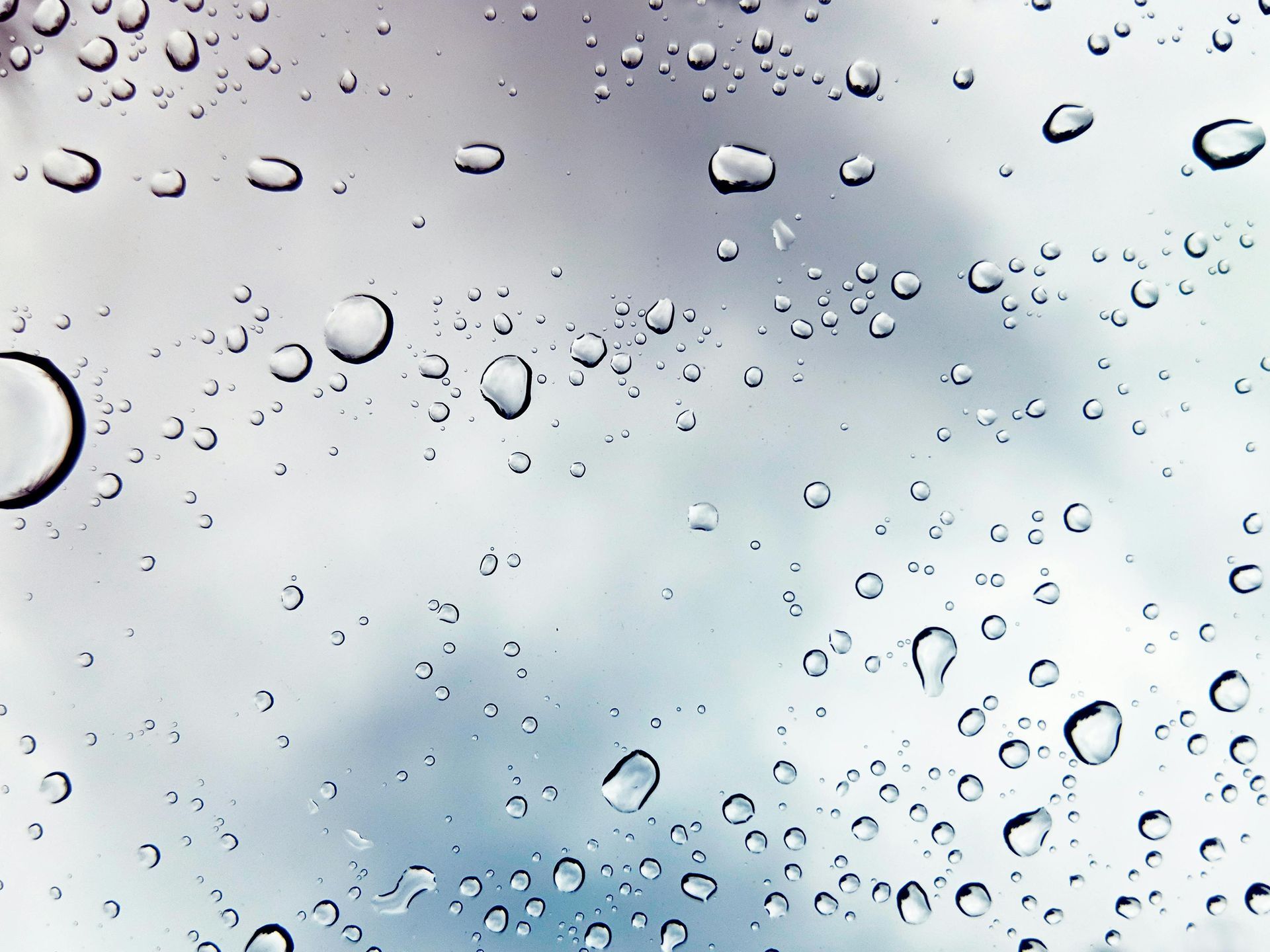
🌧 Heavy Rain in Arizona? Here’s What to Do If Water Gets Into Your Home Arizona might be known for sunshine and desert heat — but when the rain comes, it often comes hard. Between monsoon storms and winter downpours, even well-built homes can experience roof leaks, window leaks, or floodwater intrusion. If you’ve discovered water inside your home, acting fast is critical to prevent mold growth and structural damage. Here’s what you should do (and what not to do) when the rain starts leaking in — from your local experts at Drip Restoration. 📞 24/7 Emergency Help: 480-280-9333 🌐 www.DripRestoration.com 💦 Step 1: Stop the Source of the Water (If Possible) If the water is entering from a burst pipe, shut off your home’s main water valve right away. If it’s stormwater or roof runoff, try to limit the entry by: Placing buckets or containers to collect dripping water Moving furniture, rugs, and valuables away from the affected area Using towels or barriers to keep water from spreading Avoid climbing onto your roof during a storm — it’s not safe. 🧰 Step 2: Turn Off Electricity in the Affected Area Standing water and electricity do not mix. If water is near electrical outlets, cords, or appliances, turn off the power to that area from your breaker panel. If you’re unsure or the breaker box is surrounded by water, stay safe and wait for professionals to arrive. 🕒 Step 3: Call a Professional Restoration Company Immediately When water enters your home, every minute counts. Mold can begin growing in as little as 24–48 hours, and water trapped in walls or floors can lead to long-term structural damage. That’s why Drip Restoration offers 24/7 emergency service across the Phoenix Valley and Rim Country, including: Phoenix, Mesa, Tempe, Chandler, Gilbert, Glendale, Peoria Payson, Star Valley, Pine, and surrounding areas Our certified technicians respond fast to: Extract standing water Dry out walls, floors, and insulation Prevent mold growth with antimicrobial treatments Document the damage for your insurance company ⚠️ Step 4: Don’t Try to Dry It Yourself Even if the surface looks dry, moisture often hides beneath flooring, drywall, and cabinets. DIY cleanup methods like fans or shop vacs can’t reach the moisture inside your walls. Our team uses industrial drying equipment and thermal imaging cameras to ensure your home is completely dry — not just on the surface. 🧾 Step 5: Document the Damage Before moving or discarding damaged items, take clear photos and videos for your records. This documentation helps support any insurance claims and provides a timeline of the event. Drip Restoration can also provide professional moisture readings and detailed reports that many insurance companies request for claim processing. 💧 Why Choose Drip Restoration? ✅ 24/7 Emergency Response ✅ Certified Water Damage & Mold Specialists (IICRC) ✅ Local Arizona Experts — We Understand Monsoon Damage ✅ Over 300 5-Star Reviews & 90% Referral Rate ✅ Serving the Phoenix Valley & Rim Country We’ve helped countless Arizona homeowners recover from heavy rains, burst pipes, and storm flooding — and we’re ready to help you, too. 📞 Contact Drip Restoration Today If heavy rain has caused water to enter your home, don’t wait until it gets worse. Call Drip Restoration for fast, professional help — day or night. 📞 480-280-9333 🌐 www.DripRestoration.com 💧 Drip Restoration — Fast. Honest. Reliable.
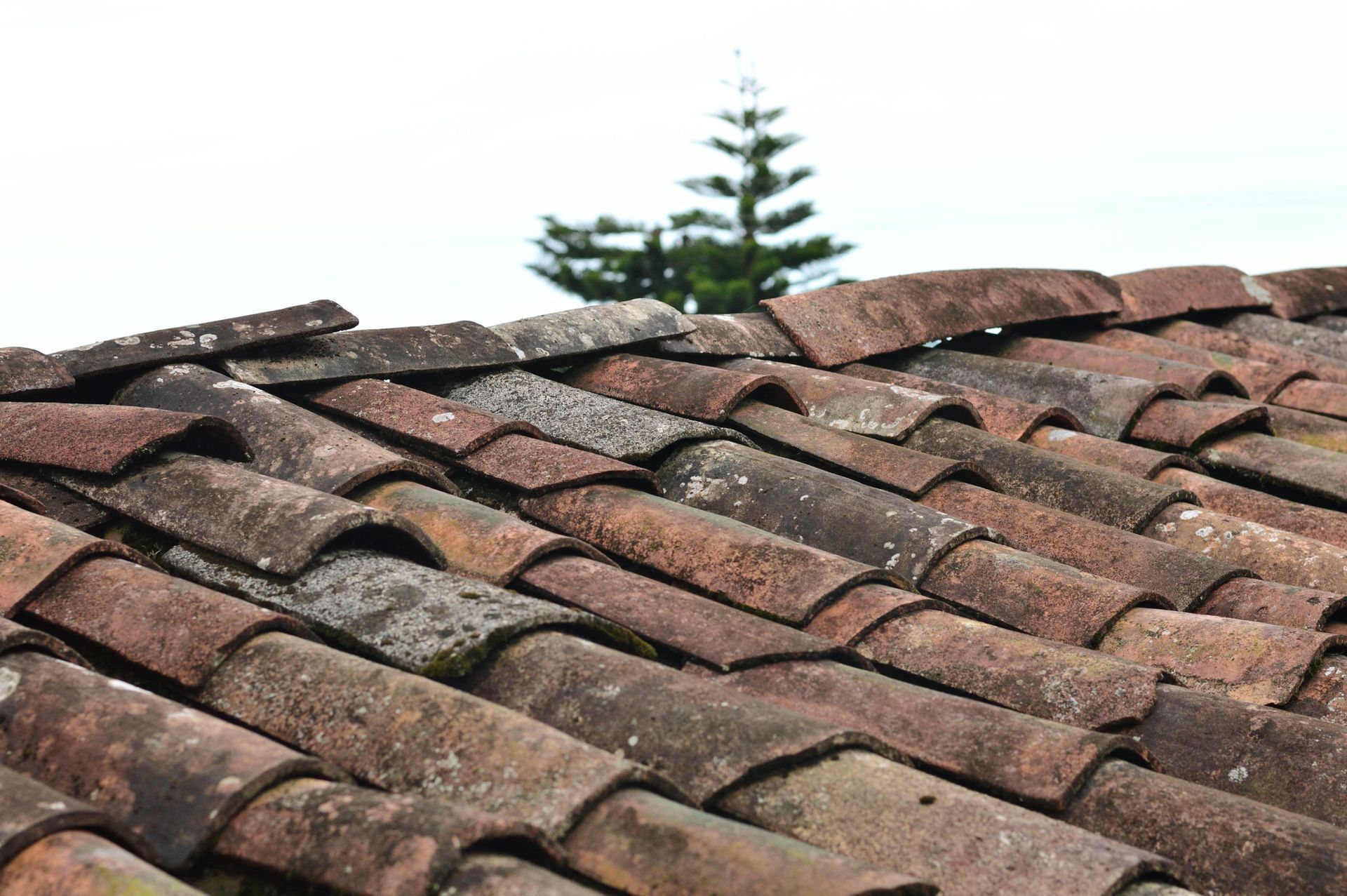
A leaking roof may start small — a drip in the ceiling, a damp patch on drywall — but what you can’t see is often far worse. Water from a roof leak can spread silently through insulation, framing, and electrical systems, causing hidden damage that becomes costly and hazardous if left untreated. That’s why calling a restoration company like Drip Restoration right away is the most important step you can take to protect your home and prevent long-term damage. 📞 Call 480-280-9333 🌐 www.DripRestoration.com 💧 The Hidden Dangers of a Roof Leak Arizona homeowners often think of roof leaks as minor issues, but even a small opening can lead to: Structural damage to drywall, ceilings, and wood framing Mold and mildew growth within 24–48 hours Electrical hazards from water near wiring and light fixtures Ruined insulation that traps moisture and odors Interior staining and bubbling paint that devalue your home Roof leaks can happen anywhere — from storm damage in the Phoenix Valley to heavy rainfall in Rim Country communities like Payson, Pine, and Star Valley. 🕒 Why Time Is Critical Every hour that water remains inside your roof system increases the risk of permanent damage. The faster you act, the more can be saved. At Drip Restoration, our emergency response team is available 24/7 to: Locate and stop the source of the leak Extract water and dry affected areas Inspect for hidden moisture and mold Repair and restore damaged structures We use advanced moisture detection and thermal imaging to find water that can’t be seen — preventing future mold and rot from spreading behind your walls and ceilings. 🛠 Restoration vs. Roofing Contractors It’s important to understand that roofing contractors and restoration companies handle different parts of the problem. Roofers fix the exterior leak — shingles, flashing, or underlayment. Restoration experts fix the interior damage that happens after the leak: insulation, drywall, flooring, framing, and mold prevention. Both are essential, but if you only fix the roof and skip the drying process, hidden moisture can continue destroying your home long after the storm has passed. ⚡ Why Choose Drip Restoration ✅ 24/7 Emergency Response — We respond quickly, day or night. ✅ Licensed & IICRC Certified — Certified in water damage restoration and drying. ✅ Local Arizona Team — Serving Phoenix, Mesa, Chandler, Gilbert, Glendale, Peoria, Tempe, and Payson. ✅ Transparent Estimates — No hidden costs, no pressure. ✅ Over 300 5-Star Reviews — Trusted by homeowners across the state. We’ll assess the damage, dry your home properly, and help document everything for your insurance company. 📞 Contact Drip Restoration Today If you notice water stains, ceiling leaks, or bubbling paint after a storm, don’t wait. Acting fast can save you thousands in future repairs. 📞 Call 480-280-9333 🌐 www.DripRestoration.com 💧 Drip Restoration — Fast. Honest. Reliable.
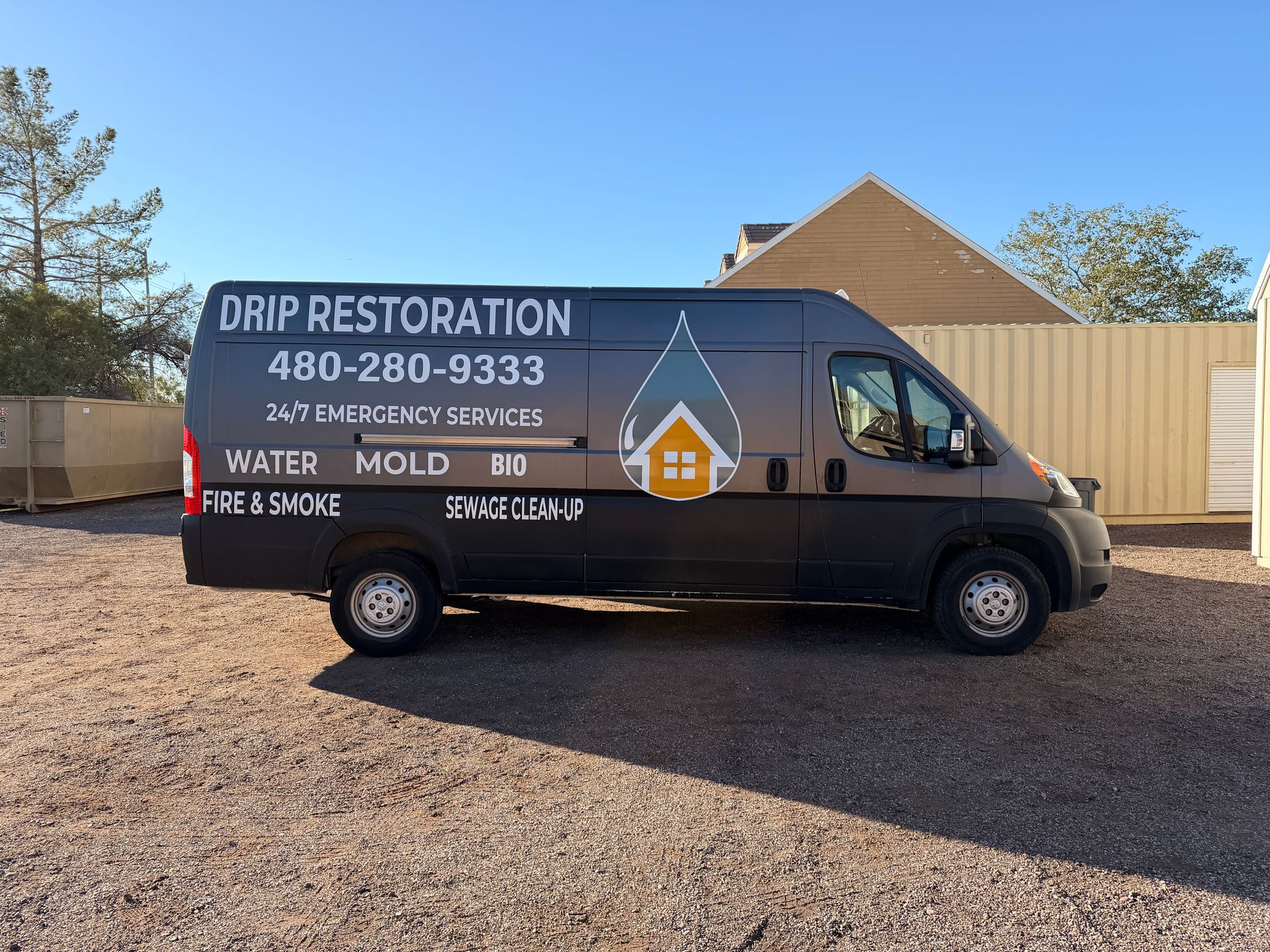
When disaster strikes — whether it’s a flood, water leak, fire, or mold issue — most homeowners just want one thing: to get their home back to normal as quickly as possible. But when the first restoration company shows up with a big estimate or aggressive sales pitch, it’s important to pause and get a second opinion. At Drip Restoration, we encourage Arizona homeowners to do their research and make informed decisions. We know that not all restoration companies operate the same way, and we take pride in being a team you can trust to deliver honest assessments and fair pricing every time. 📞 Call 480-280-9333 🌐 www.DripRestoration.com 🔍 Why Getting a Second Opinion Matters When you’re dealing with water or fire damage, time is critical — but so is accuracy. A second opinion ensures you’re getting the right scope of work for your specific situation. Here’s why it’s worth it: 1. Avoid Overpaying Some restoration companies may quote unnecessary services or use high-pressure tactics to close a sale. A second opinion from Drip Restoration provides clarity and confidence before you sign anything. 2. Ensure Proper Diagnosis Water and mold damage can spread in hidden areas behind walls, floors, or ceilings. Our certified technicians use moisture mapping, thermal imaging, and precise testing to confirm whether the first company’s assessment was complete — or if something was missed. 3. Compare Methods and Materials Not all restoration approaches are equal. We help you understand what work actually needs to be done, what materials are best, and whether your home’s integrity is being fully protected. 4. Gain Peace of Mind Home restoration is stressful enough without wondering if you’re being treated fairly. A second opinion helps you make decisions with confidence — not pressure. 🧾 We Believe in Honest, Transparent Assessments At Drip Restoration, honesty isn’t just a policy — it’s who we are. Our technicians are trained to provide clear explanations, detailed photos, and fair estimates that homeowners can understand. We’ll never upsell, exaggerate, or rush you into decisions. Whether you end up choosing our team or another, our goal is to make sure you’re informed, comfortable, and protected. 🏆 Why Arizona Homeowners Trust Drip Restoration ✅ 300+ Five-Star Reviews from real Arizona homeowners ✅ 90% Referral-Based Business ✅ Licensed, Insured, and IICRC Certified ✅ Trusted by Local Realtors and Property Managers ✅ Serving Phoenix, Mesa, Chandler, Tempe, Gilbert, Glendale, Peoria, and Payson We’ve built our reputation on honesty, transparency, and excellent communication — and that’s exactly why homeowners turn to us for second opinions. ⚖️ We Work Alongside Your Insurance, Not Against It While Drip Restoration doesn’t make insurance decisions, we document your loss thoroughly to help ensure adjusters have the information they need. We communicate clearly and provide photos, reports, and readings to support your claim. 📞 Schedule Your Second Opinion Today If you’ve received a restoration or mitigation estimate and something doesn’t feel right — or if you just want to be sure — Drip Restoration is here to help. 📍 Serving the Phoenix Valley and Rim Country 📞 Call 480-280-9333 🌐 www.DripRestoration.com 💧 Drip Restoration — Honest. Transparent. Trusted.

Dealing with a flood, fire, or water damage is stressful enough — and navigating your insurance claim can make it even more overwhelming. At Drip Restoration, we’re here to make that process as smooth as possible. While we can’t speak for insurance companies or guarantee coverage decisions, our team works closely with both homeowners and insurance adjusters to help ensure your restoration process is properly documented and efficiently managed from start to finish. 📞 Call 480-280-9333 🌐 www.DripRestoration.com 🏠 Helping You Through the Restoration and Insurance Process Our goal is to reduce stress and improve communication during your claim — not to make insurance decisions, but to help provide the accurate, detailed information that adjusters rely on. Here’s what homeowners across Arizona appreciate about how we work with insurance providers: Clear Documentation We provide photos, moisture readings, and detailed reports to show the scope of damage and the steps needed for restoration. Professional Estimates Our technicians use industry-standard estimating software that’s commonly accepted by insurance companies, helping ensure clarity and consistency. Direct Coordination We can communicate directly with your adjuster or insurance representative (with your permission) to answer questions about scope or progress. Transparent Communication You’ll always know what’s happening with your restoration project. We keep homeowners and insurers informed at every step. ⚠️ A Note About Coverage and Claims It’s important to understand that insurance coverage and claim approvals are determined solely by your insurance company — not by Drip Restoration. While we assist with documentation and coordination, we do not make coverage decisions, guarantee claim outcomes, or interpret policy language. If you ever have questions about your coverage, we always recommend speaking directly with your insurance provider or agent. 💧 Why Arizona Homeowners Choose Drip Restoration ✅ Trusted by homeowners and insurance professionals across the Phoenix Valley and Rim Country ✅ Over 300 five-star reviews from satisfied customers ✅ Licensed, insured, and IICRC-certified technicians ✅ Responsive and professional service 24/7 From water leaks in Mesa to smoke damage in Payson, our team is ready to respond quickly, document thoroughly, and restore your property safely and efficiently. 📍 Serving Homeowners Throughout Arizona We proudly assist with insurance-coordinated restoration work in: Phoenix • Mesa • Chandler • Tempe • Gilbert • Glendale • Peoria • Scottsdale • Payson • Rim Country 📞 Contact Drip Restoration Today If your home has experienced water, fire, or storm damage, call us today to schedule an inspection. We’ll assess the damage, document everything clearly, and work alongside your insurance company to help get your home back to normal. 📞 480-280-9333 🌐 www.DripRestoration.com 💧 Drip Restoration — Arizona’s Trusted Partner in Restoration and Repair.
